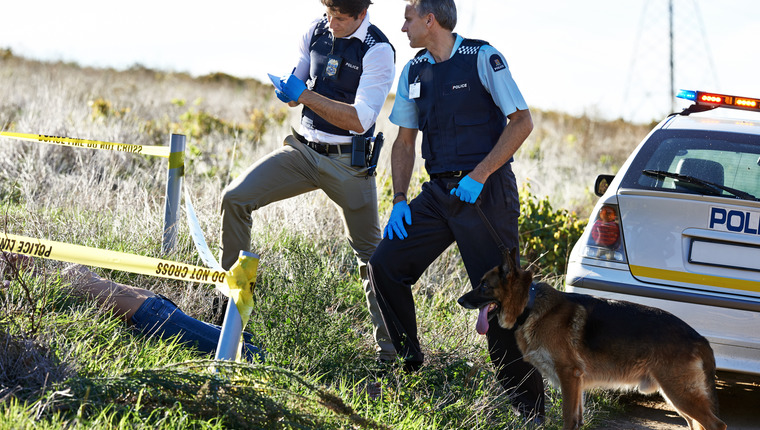
In recent years, we’ve become familiar with a wide variety of working dogs. Working dogs in past centuries largely did some pretty physical work – herding and guarding were some of the most common ‘dog jobs’. Now, we see many kinds of crucial doggy careers – therapy dogs, service dogs, and more.
As we learn more about canine intelligence, the uses we have for dogs’ many skills increase. Now, we’re expanding our range of uses for cadaver sniffing dogs. As it turns out, these talented canines can find many things that lie right beneath our noses!
Cadaver Dogs Solve Historical Cases
The infamous case of the Donner Party, which has become somewhat of a legend over time, is a grisly and sad story. However, with the help of cadaver dogs, some remains that had remained undiscovered for over a century have finally been found.
The Donner Party were pioneers trying to migrate from Illinois to California using a wagon train, beginning in the spring of 1846. Unfortunately, when the brutal winter arrived, the Donner Party was left stuck in deep snow. Many of the Donner Party died in the weeks that followed.
Now, with the help of dogs from the Institute of Canine Forensics, some of these remains are finally being recovered. And this isn’t the limit for what cadaver dogs can find. Some dogs are capable of sniffing out remains thousands of years old. As a result, researchers now view cadaver dogs as a possible solution for the non-invasive removal of bodies.
How Do These Dogs Work?
Training a cadaver dog isn’t easy work. Those in the field say that puppies who are especially interested in toys usually make good fits. However, these dogs must be incredibly reliable and independent, so not every pup will work.
“You want dogs that have a strong drive,” says John Grebenkemper, a dog handler at ICR. “Of course, a dog works for reward. They eventually get really into the game, and they just want to do it.”
Cadaver dogs have recovered many bones to date – even some exceeding 9,000 years of age. Cadaver dogs are still fairly new, and dedicated trainers hope that the art is even further refined in years to come.









